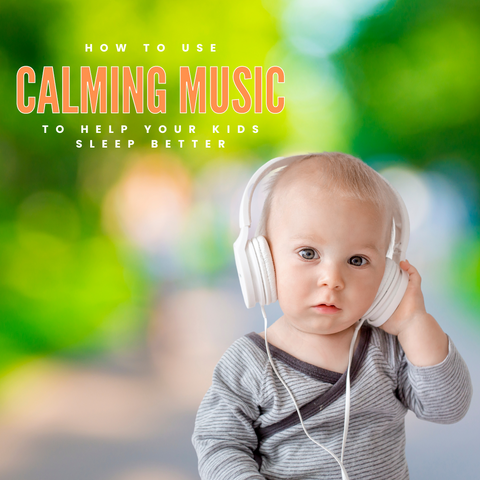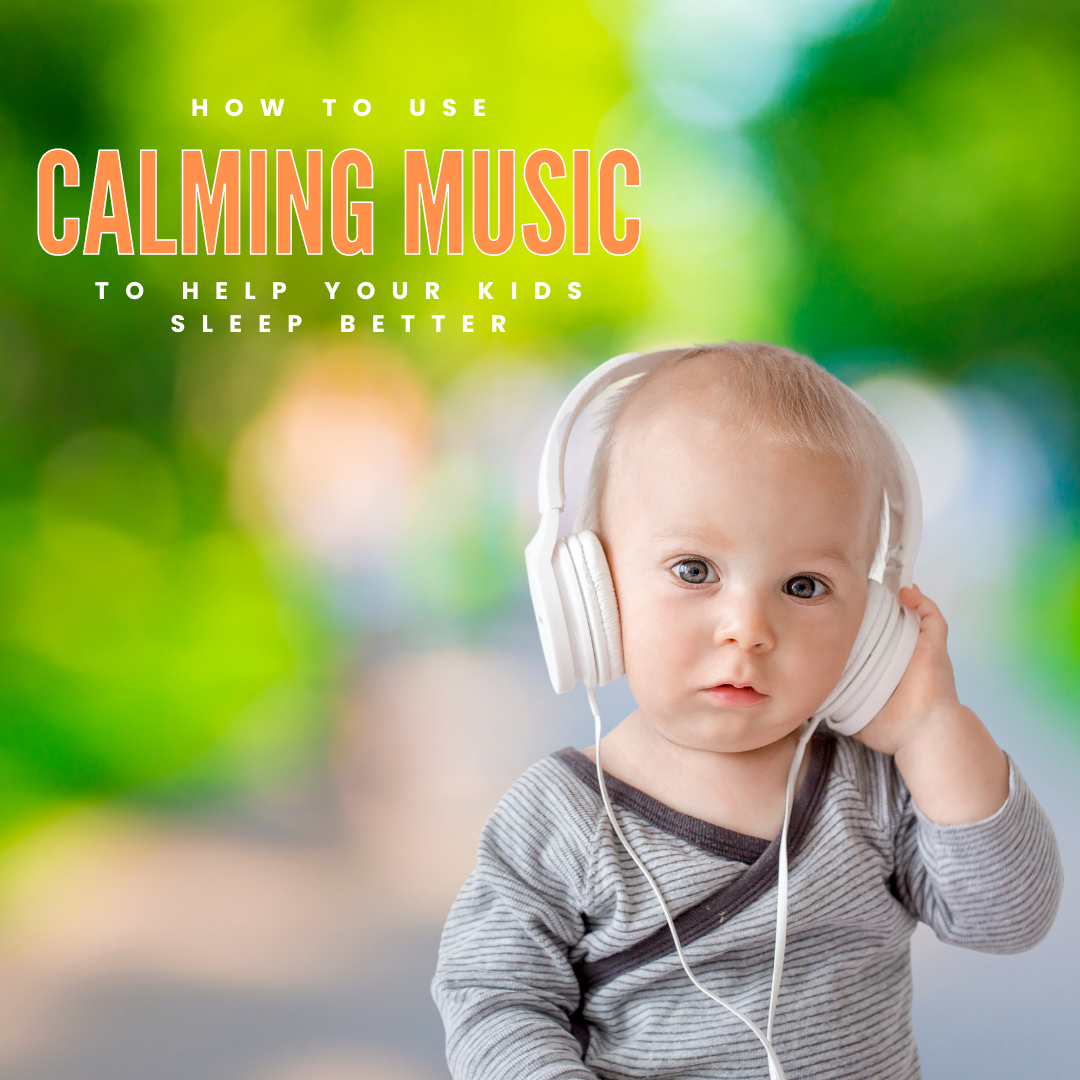Last updated: April 9, 2025
As parents, we all want our kids to get a restful night's sleep—and one of the most effective, natural ways to help them relax at bedtime is by using calming music. 
Studies show that calming music can help children fall asleep faster and stay asleep longer. It’s a gentle, non-invasive way to soothe your child’s mind and body into a state of relaxation.
Benefits of Calming Music for Sleep
1. Improved Sleep Quality
Slow, gentle rhythms can encourage your child's brain to relax. Calming music helps align brainwaves with sleep cycles, easing the transition from wakefulness to rest.
2. Reduced Stress and Anxiety
Music has a powerful impact on emotional regulation. Listening to soothing tracks can lower cortisol levels and increase serotonin and oxytocin, creating a calm and safe emotional environment at bedtime.
3. Boosts Cognitive and Emotional Development
Consistent, restful sleep enhances memory, learning, and mood. Calming music not only helps your child fall asleep but also supports their brain’s nightly reset, improving their ability to focus and solve problems during the day.
How to Choose the Right Calming Music
Age-Appropriate Sounds
For toddlers and preschoolers, soft lullabies or simple instrumentals work best. Older children may enjoy nature sounds, classical tracks, or lo-fi ambient tunes.
Familiar and Reassuring
Familiarity breeds comfort. Choose tracks or albums that your child already knows and enjoys—they’ll feel more secure and soothed.
Instrumental or Light Vocals
Instrumental music tends to be less distracting. However, soft vocals can also work if the lyrics are gentle and comforting. Avoid music that’s too lyrical or complex close to bedtime.
Integrating Calming Music into the Bedtime Routine
1. Make It a Consistent Habit
Play calming music at the same point in your bedtime routine each night—such as after bath time or while reading bedtime stories. Consistency helps children form sleep associations.
2. Gradually Lower the Volume
Start the playlist at a low but audible volume, then fade it out slowly as your child drifts off. This encourages independent sleep without overstimulation.
3. Curate a Special Playlist
Create a go-to sleep playlist. Having a few reliable tracks makes bedtime smoother and less stressful—for both child and parent.
4. Set the Right Mood
Pair calming music with a peaceful environment: dim lights, cosy bedding, and minimal distractions. Avoid screen time 30–60 minutes before bed.
Recommended Calming Music for Kids
- Gentle classical compositions (like Brahms' Lullaby or Debussy’s Clair de Lune)
- Nature-inspired soundscapes (rain, waves, forest sounds)
- White or pink noise for background calm
- Instrumental lullabies or soft acoustic covers
- Custom calming playlists from music apps designed for kids
Related: Why Does My Child Scream All The Time? (Parenting Tips)
Conclusion
Adding calming music to your child's bedtime routine is a simple, effective way to support better sleep. It calms the mind, reduces anxiety, and sets the tone for a night of restorative rest—ultimately boosting your child’s emotional and cognitive well-being.
Try a few different tracks to find what works best, and be patient—it may take a few nights to see consistent results.
FAQs
How long should calming music be played?
20–30 minutes is ideal, but some children may benefit from longer periods, especially if the volume fades gradually.
Can white noise replace calming music?
Yes. White noise can be just as effective for some children. You can experiment to see which soundscape works best for your child.
Is it okay to play music all night?
Short answer: yes, but it’s better to use a timer or fade-out feature so your child doesn’t rely on music to stay asleep through the night.
Can calming music help reduce night terrors?
While not a guaranteed solution, calming music can improve overall sleep quality, which may reduce the frequency or intensity of night terrors.
What should I avoid in bedtime music?
Fast beats, high-energy genres, or songs with abrupt changes in tempo. Avoid anything that might be mentally stimulating or distracting.
Explore Calming Music Options
If you're ready to try calming music in your bedtime routine, check out our curated collection designed to help children relax and unwind.





Share:
Can I Go to Work if My Child Has Chickenpox?
Choosing The Right Child Car Seat For A Child With Special Needs